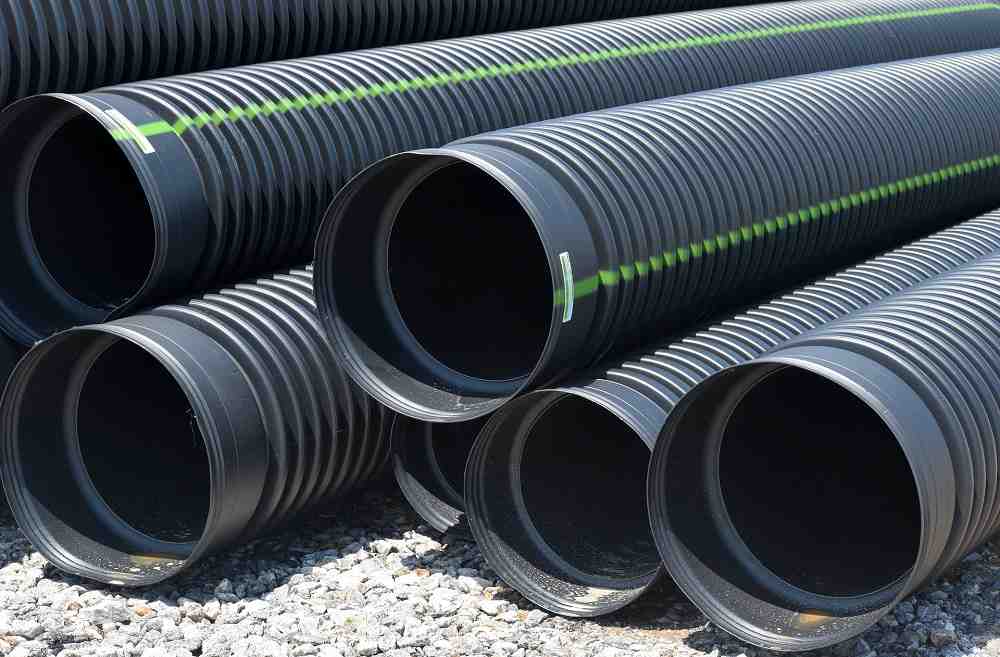French drains are underground water drainage and management systems developed by Henry French. Though these drains have undergone significant improvements over time, they are still considered the most efficient method of directing water around your foundation.
French Drains: Great Method to Keep Basements Dry
Generally, every civil engineer knows that good drainage is critical in protecting the foundation of any structure from surface or groundwater. An efficient drainage system not only keeps the basement dry but also discourages the growth of mold which can result in health problems. In addition, a dry basement is critical for safeguarding the integrity of the structure. At the most basic level, a French drain consists of a trench lined with landscaping textiles, perforated pipes surrounded by gravel and covered with soil.
Here is how to install French drains to direct water around your foundation:
- Start by checking the city codes before installing a French drain to avoid dealing with lawsuits. In addition, make sure your drainage efforts will not impact your neighbor’s yard or house negatively.
- Identify a downhill slope
- To make your work easier, identify an area with a downhill slope. French drains should be constructed on a slight downhill grade in order to redirect water around your foundation effectively.
- Gather your tools and materials
To construct a French drain, you need to have some basic tools and materials at hand. These include:
- Water-permeable landscape fabric to keep the drain pipe clean.
- Perforated plastic drain.
- A bag or bags of washed drainage gravel depending on the size of the drain.
- A spade or digging hoe. Alternatively, you can hire a backhoe.
Now that you have everything you need at hand, it is time to roll back your sleeves and get to work. Start by digging a trench along the outside of the footing. Digging the trench is the least complicated task but the most labor-intensive phase in your efforts to redirect water around your foundation.
6 Steps to Build a French Drain
- Dig the trench to be about 2 feet wide and as deep as 6 feet depending on the structure.
- Once you have finished digging the trench, you need to line it with the water-permeable landscape fabric.
- When lining the trench, leaving about 10 inches of fabric on each side of the trench. The extra fabric on the sides should be enough to fold over the drain rock to avoid plugging the pipe.
- Lay the pipe on the soil. Make sure the pipe slopes from a higher starting point to a lower ending point to enable gravity force the water out.
- The grade should slope away from the home so that water is directed away from the walls of the structure.
- Cover the pipe with washed gravel. Shovel gravel over the pipe until there are about 3-5 inches between the gravel and the top of the trench.
- Fold the excess landscaping fabric over the gravel to prevent debris from entering the drain.
- Fill the foundation with topsoil to its initial grade height. At this point, you can finish the trench in such a way that it will look like an intentional design upon completion.
